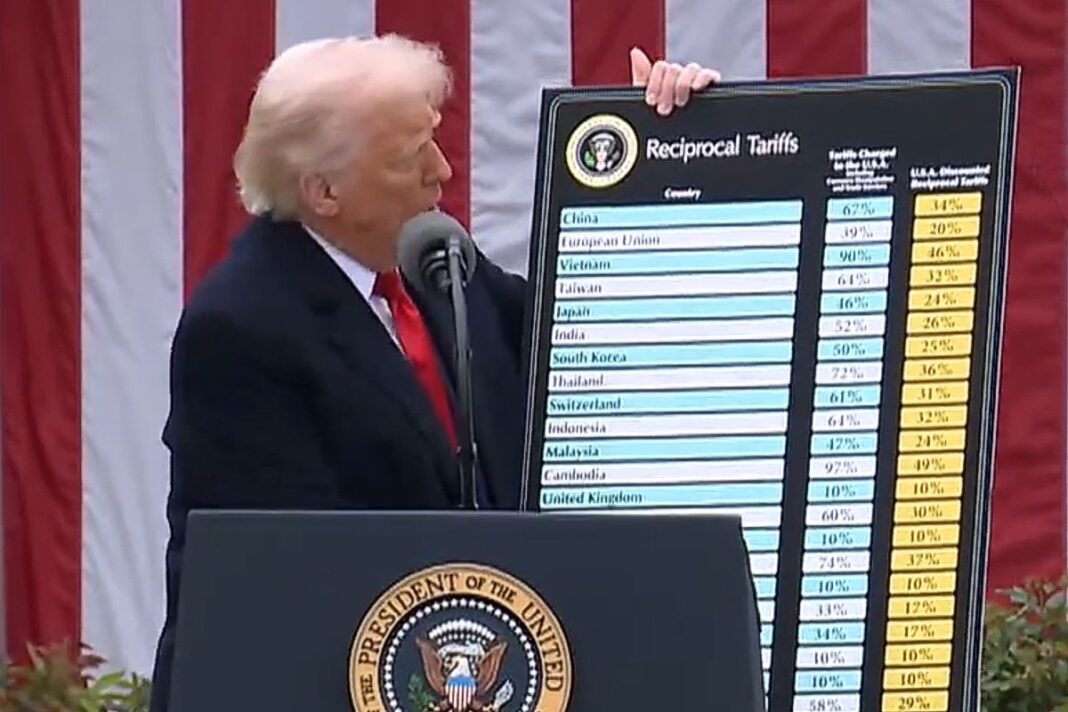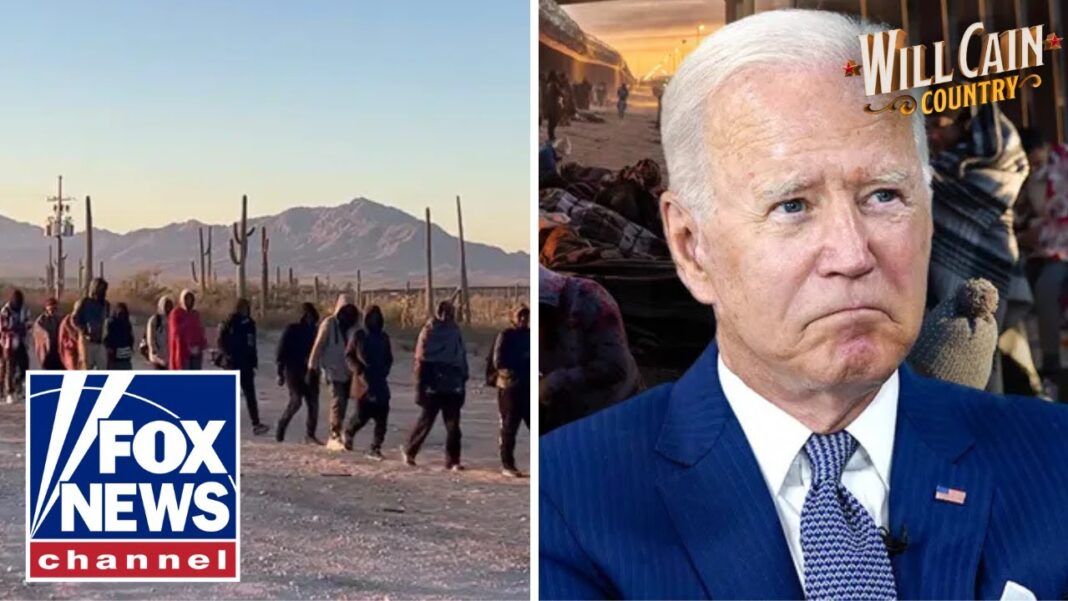Long extinct in California, a new study says it’s possible for the grizzly bear to be reintroduced in the state.
A push by the California Grizzly Alliance to rewild nearly 1,200 grizzly bears in California is concerning conservationists, who say the idea is impractical and dangerous in such a densely populated state.
The alliance, a coalition of environmental groups, wildlife advocates, and tribal leaders, states its goal is to “recover grizzly bears in California.”
It released a feasibility study in April, stating that the state could sustain 1,183 grizzly bears, assuming “that grizzlies could not live outside these three areas,” which include 832 bears in the Sierra Nevada, 236 in the Northwest Forest, and 115 in the Transverse Ranges north of Los Angeles.
Josh Brones, a longtime wildlife conservation advocate, questions the assumption that grizzlies, the top predator in the food chain, would instinctively stay in high-elevation forests when there are more abundant food sources at lower elevations.
Grizzlies “are not afraid of anything,” so they don’t need the protection of remote forests, and will likely move down the mountain slopes where they will encounter ranchers and livestock, he said.
“I find it very unfortunate and saddening that the California grizzly no longer exists. I love the idea of grizzlies living in California once again, but I have very grave concerns,” said Brones, who studied wildlife biology, researched large carnivores, and has represented fishing, hunting, and trapping groups such as the Sportsmen’s Alliance and California Houndsmen for Conservation.
“There is no getting along with grizzlies.”
Because grizzlies need “tremendous amounts” of habitat and prey to survive, hunters and conservationists are worried native deer and elk populations couldn’t sustain cohabitation with these bears, Brones said.
Peter Alagona, a professor at the University of California–Santa Barbara and lead author of the study, told The Epoch Times that while it’s true that the coastal areas and California foothills were excellent grizzly bear habitat, historical accounts indicate these bears lived everywhere in California except the deserts.
A grizzly hasn’t been spotted in the wilds of the Golden State since 1924.
Alagona said he would “love to see” grizzly bears on the California landscape in his lifetime, but that it will likely take decades.
He said the feasibility study indicates “that there’s a lot we don’t know.”
“These animals bring up a lot of emotions, and for a lot of people, it’s fear,” he said.\The study concludes that “recovering grizzly bears in California is very likely biologically feasible; the success of a recovery program depends on people’s willingness to undertake it.”
“The most important habitat for grizzlies, as people who have dedicated their lives to studying and protecting the bears often say, is not in some dataset, scientific report, or computer model. It’s not even in the forests and mountains. It’s in people’s hearts,” the study says.
By Brad Jones






